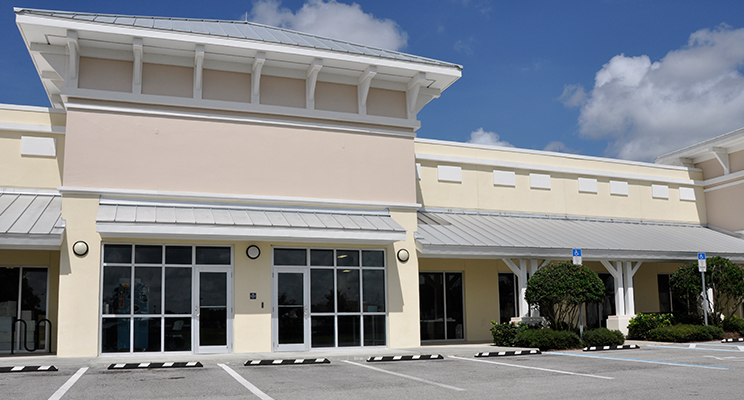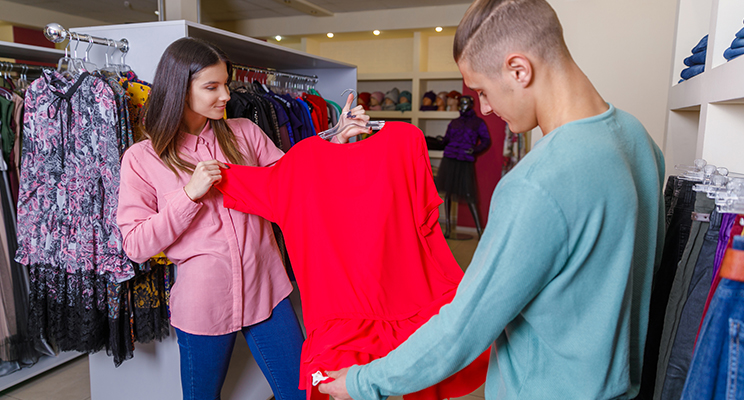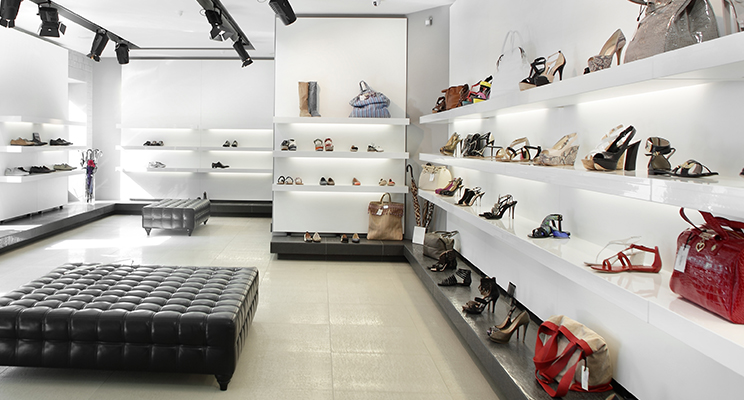As the pandemic triggered widespread lockdowns and social-distancing restrictions, retail businesses were hit hard. Both the shutdowns and economic downturn made consumers reluctant to go shopping. The lack of foot traffic caused sales to drop for most retailers, even if they were open for curbside pickup and delivery.
However, the trend toward buy-online-pickup-in-store was already rising. And as brands were forced to rethink their approach, they discovered new ways to entice customers. The retailers that adapted during the pandemic have come back stronger than ever.
So, what was their secret?
Omnichannel Marketing
Prior to the pandemic, consumers were already loving the convenience of online shopping. A combination of retargeting ads, social media, and e-commerce kept them coming back. However, brick-and-mortar retailers were concerned, Consumers who physically browse stores are more likely to make impulse purchases and add extra items to their carts. Plus, some products, such as clothing, are much more likely to sell in-store. The small businesses were especially nervous that a certain online retailer would take all their customers.
Buy-online-pick-up-in-store emerged as a way to give customers the convenience of online shopping — but still get them physically into the store. Now, cross-channel marketing became omnichannel marketing: customers would engage with brands across virtual platforms and in-person. A consistent experience could win their loyalty.
Omnichannel Experience

As the pandemic shuttered many doors, though, retailers had to rethink their strategy (again). Even if they offered buy-online-pick-up-in-store, how could they keep customers who were increasingly strapped for cash?
The answer was quite simple: shift from sales to service. Brands quickly realized they need to provide value rather than yelling “Buy!” Retailers had already been developing VIP-type services, such as floor consultants in fashion and jewellery departments, customized product recommendations, and in-store-only promotions for frequent shoppers. Now, those ideas became the bread-and-butter of value-driven marketing.
Some retailers continued to desperately pitch products while consumer spending was down. Many of them ultimately closed down. They were stuck in the old ways: salespeople prowling the sales floor hoping to convince customers to buy. They could not imagine anything else to say to their customers besides “Shop Now.”
Today, more than ever “the customer is king,” and that means they call the shots. They want to shop their way, and retailers’ role is to make it possible.
Social Selling
The retailers that survived the pandemic made it a point to give consumers options. They focused on providing a great experience rather than pushing sales. Along with their general promotions, they rolled out great content. Customers could join loyalty clubs, get personalized recommendations, and shop whenever — or wherever — they liked. Some clothing retailers took a page from Nike’s book, using augmented reality to allow virtual try-ons. Others went a bit more low-tech, subtly using retargeting ads to show products relevant to customers’ interests.
The result? Customers would come into the store to request products they saw online. The retailer had successfully implemented “pre-selling” tactics to pique consumer interest.
Or, customers would place an online order for pickup, then grab some other items when they arrived in the store. The key was to be consistent among all these channels so consumers would gain trust in the brand.
With omnichannel social selling, shopping became more of a hobby than an errand. Retailers that did this well could generate more revenue simply by re-engaging past customers.
Meanwhile, retail marketers leveraged the new wave of user-generated content to build communities around their brands. Retailers were now more than a “store” — they were loyal customers’ guides, solutions, and inspirations. This was especially effective during the pandemic when many people were craving both connection and relief from boredom. If you couldn’t visit your friends, at least you could share your appreciation for #AldiFinds.
What’s Next for Retail?

The department store model was already almost dead when the pandemic began. Retail environments with pushy salespeople were soon to follow. And now, both big-box stores and mom-and-pops are facing yet another shift. It’s no longer enough to stock inventory and advertise sales. To earn customers’ businesses, you must win their loyalty.
That may mean retailers embrace content marketing and social media buzz over traditional print advertising. Or swap out their floor associates for in-store specialists who provide consultations and concierge service. Or expand their payment options to include digital wallets. Or all three.
Most of all, they should offer an experience that resonates with customers’ needs and interests. Sterile, boring shops with generic signage and disinterested clerks? They’re going the way of the dinosaur. Consumers want predictable purchase processes, a value-driven atmosphere, unique decor, and loyalty rewards. Consider a small pet shop that offers affordable products, a warm and fuzzy aesthetic, and expert pet care advice from in-store specialists. They would lure customers away from the sterile big-box pet stores in one shake of a dog’s tail!
What Does This Mean For You?
Success in retail is still possible post-pandemic. The key is to stop focusing on conversions and advertising and start speaking to your customers’ hearts. It’s all about the value you provide your customers. They are willing to buy (and pay) more if you offer that, even if they could “get it cheaper” on a certain website named after a river. Your value is your top-selling proposition — especially in retail.
Once you achieve greater clarity about your business’s core value, you can ramp up your momentum. Lead with that value even if it means waiting a bit longer for that sale. Indeed, many retailers who have done this have experienced higher sales than in their best few months pre-pandemic!
It just takes a bit of clever marketing and some tweaks to your systems. The future of retail isn’t necessarily high-tech. If anything, it’s back to basics: “the customer is king.”
The future belongs to customizable, omniexperiential brands. Will yours be one of them?
This article was written based on a conversation that I had with Bob Negen from Whizbang Retail on the Simplifying Entrepreneurship Podcast (Season 3, Episode 3) or you can watch the full interview with Bob below.




0 Comments